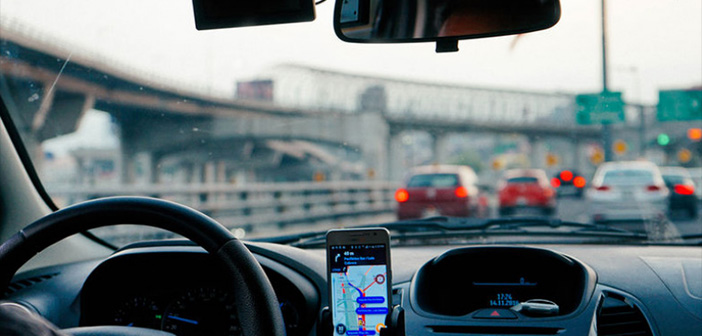Report for the New York City Taxi and Limousine Commission
We provide the first detailed analysis of the app-based transportation industry in a large metropolis. Concerned about reports of low earnings (after costs) among drivers working for the large app-based for-hire vehicle (FHV) companies, the New York City Taxi and Limousine Commission (TLC) wishes to establish a minimum driver pay standard. The policy would set an earnings floor of $17.22, the independent contractor equivalent of a $15 hourly wage, with an allowance for paid time off. We examine the need for and likely effects of the TLC’s proposed policy. Our analysis draws mainly upon administrative data collected from all the companies by the TLC, and we develop a model to simulate the effects of the policy. We find that a majority of the city’s FHV drivers work full-time and that 85 percent make less than the proposed pay standard. Hourly pay is low in large part because the industry depends upon a ready availability of idle drivers to minimize passenger wait times. The proposed policy would increase driver net earnings (after expenses) by 22.5 percent, or an average of $6,345 per year among the 85 percent of drivers who would get increases. At the same time, company commissions in the city generate very large mark-ups over local operating costs The policy could be fully paid for by combining an increase of 2.4 minutes in driver trips with passengers per working hour with reductions in company commissions. Fare increases would then be small (five percent or less) and average wait times for passengers would increase by about 12 to 15 seconds. The policy would reward drivers for pooled rides, which would increase as a share of all rides. The policy would substantially reduce growth in the number of new drivers and vehicles and provide some indirect benefits for medallion drivers.

